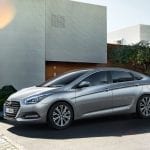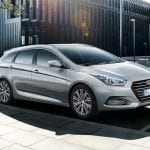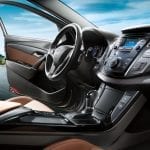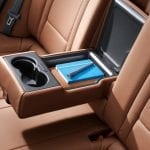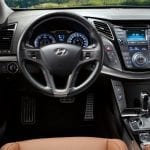Although the sedan segment represents a decreasing weight in number of sales, the brands continue betting on it given its classic importance. The Hyundai i40 It is the D-segment sedan that the Korean brand has designed by and for the European market, although its production takes place at the Ulsan facilities in South Korea.
The i40 was presented in society in 2011 in the context of the Geneva Motor Show that same year, although it was not until 2012 when it entered the markets, first with its family body (Cross Wagon) and later with the sedan. It is the natural replacement for the Hyundai Sonata, which is still on sale in other markets as a larger, better-equipped model.
Sales of the Hyundai i40 have never been particularly relevant, although it has always been shown to be a highly demanded model for fleets. This low incidence in the market has meant that since 2012 it has not undergone a major update, only one slight update in 2019. For this reason, it has become the longest-lived model of Hyundai at present without notice of a replacement. It finally ceases at the beginning of 2020.
Technical characteristics of the Hyundai i40
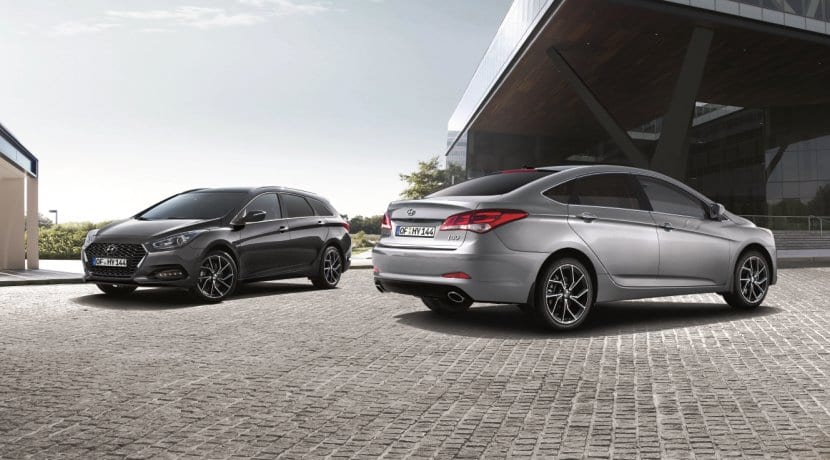
As we have already said, the i40 is the natural replacement for the Sonata, and as such takes advantage of the platform of the American model, except for certain minor modifications. Although at the beginning of its commercial career it had two bodies, given the low sales of the family car, the Cross Wagon, ceased production, leaving only the conventional sedan.
The measures of the Hyundai i40 nestle it perfectly in the D segment. 4,74 meters long, 1,81 meters wide and 1,47 meters high. To these dimensions must be added a wheelbase of 2,77 meters, one of the largest in the category. Thanks to this, it has a lot of interior space in a cabin designed for a maximum of five passengers.
As far as load capacity is concerned, the i40 sports one of the largest trunks in the segment. Its minimum volume is 505 liters, expandable to 1.719 liters when we folded down the second row of seats in a 60:40 ratio. The last measure that must be taken into consideration is the weight, where 1.477 kilograms of minimum weight are announced.
Mechanical range and gearboxes of the Hyundai i40

Over the years the Hyundai i40 has been losing mechanical variants. Longevity, and the increasingly demanding anti-pollution regulations have forced the Korean brand to get rid of a large part of the mechanical portfolio. Currently the offer is limited exclusively to two versions, one diesel and one gasoline.
The access variant mounts a turbocharged four-cylinder diesel block of 1.598 cubic centimeters. Develops a maximum power of 116 horses at 4.000 revolutions and a torque of 280 Nm between 1.500 and 2.750 revolutions. Coupled to the engine is a six-speed manual gearbox that sends all of the power from the drivetrain to the front axle, bar none.
The most performance of the Hyundai i40 mounts a direct injection gasoline engine with 1.591 cubic centimeters of displacement. Delivery 135 horsepower at 6.300 revolutions and a maximum torque of 164 Nm at 4.850 revolutions. The management is always entrusted to a six-speed manual gearbox that is responsible for promoting a single drive to the front axle.
Equipment of the Hyundai i40
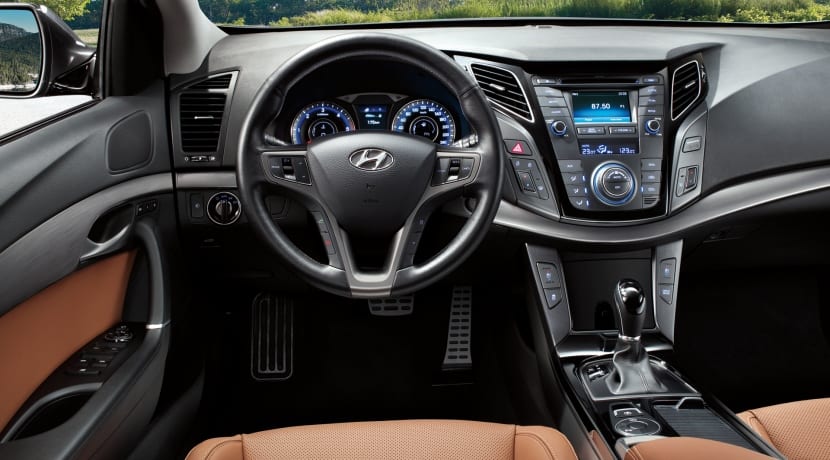
Possibly the part where the Hyundai i40 suffers the most over time and an exaggerated longevity is inside. Time and technology are advancing by leaps and bounds and in just a couple of years a car becomes outdated, so it goes without saying that the Korean sedan has not received major modifications for eight years.
Although the manufacture is correct, good materials and good fits, the technology is presented in an obsolete form. The sense of perceived quality is good, being able to have leather upholstery. The equipment range is divided into two levels: Klass and Tecno. The 1.6 CRDi version can only have the highest finish, while the 1.6 GDi can choose both.
As far as pure equipment is concerned, the technological load is correct but it is not adapted to current times. Noteworthy is the presence of: bi-xenon headlights, automatic climate control, electric front seats, heated seats, multifunction steering wheel, light and rain sensors, parking sensors, browser and multimedia system with a six-inch screen. To this we must add a discreet security team and driving assistants.
The Hyundai i40 on video
The Hyundai i40 according to Euro NCAP
The Hyundai i40 passed the demanding EuroNCAP crash tests in 2011. His test score was 5 stars., being distributed as follows. In protection for adult child occupants, it achieved 92% and 86% protection, respectively. In the event of being hit by pedestrians or cyclists, it obtained a discreet 43% and in terms of driving aids it reached a remarkable 86%.
The Hyundai i40 of Km 0 and second hand
The Hyundai i40 has never had a high volume of sales. Its incidence in the markets is low and arouses little interest among buyers. This gives you a average depreciation of 35,5%, higher than that of its closest rivals. As it is not a highly demanded car, the units for sale in the secondary channels are scarce.
The commercial offer in the second-hand or occasion market starts with prices around 5.000 euros for models from 2012 onwards and with very high mileage figures, more than 200.000 Km. As expected, the Km 0 units are not too many either, in fact there are almost none. Dealerships do not accumulate stock as it is a car with such low sales volume. The few exceptions that exist start at values close to 23.000 euros.
Hyundai i40 rivals
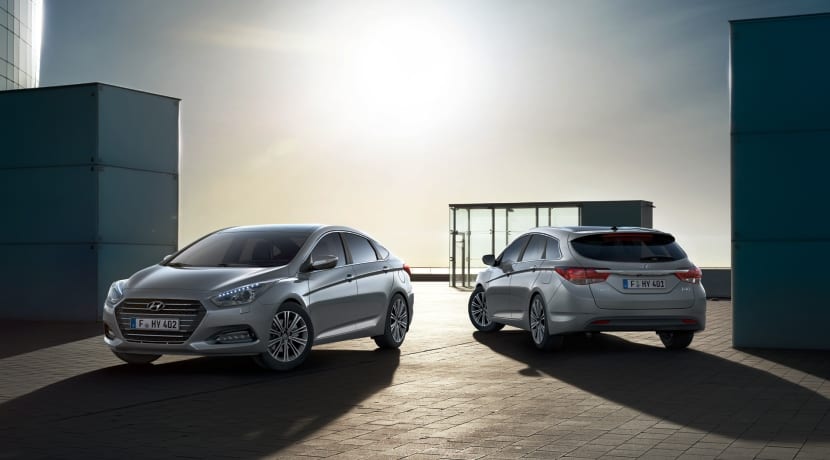
Historically, segment D has always been of special importance in brands and markets. However, in recent times the offer is gradually reducing before the transfer of sales to SUVs. Bearing this in mind, the rivals of the Hyundai i40 are found in the general catalog, and it is worth mentioning the presence of the Volkswagen Passat, Peugeot 508, Ford Mondeo, Kia Optima, Opel Insignia y Renault talisman, among others. All of them are rivals for size and price, although without a doubt the Hyundai is the oldest and cheapest model of all.
Highlight
- Interior space
- contained consumption
- Affordable price
To improve
- Veteran
- Limited mechanical range in power
- Technology
Hyundai i40 prices
Hyundai is aware of the longevity and low attraction of its sedan. For this reason, it intends to balance the balance with an affordable and very interesting price range. The starting price of the Hyundai i40 is 22.895 euros, without offers or promotions. That value corresponds to the gasoline variant with access finish. The most expensive of the family is the diesel, which by incorporating more equipment starts its commercial offer at 29.254 euros.
Image gallery
The content of the article adheres to our principles of editorial ethics. To report an error click here.


